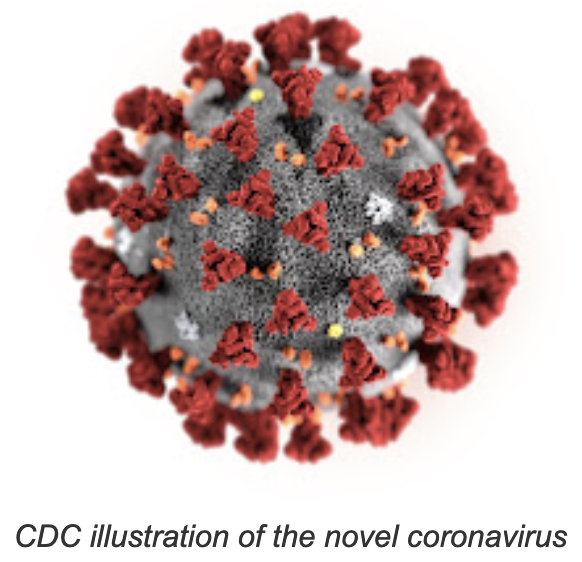Study says ‘long Covid’ symptoms linger even after two years in both people who had severe and mild cases of the disease

A recent study highlights the burden of Covid-19 that continues to affect millions of people, showing that patients who were hospitalized with the disease are especially vulnerable to a long list of health problems and death two years after the initial infection, and that those with mild or moderate infections have an elevated risk of two dozen medical conditions, Amy Goldstein reports for The Washington Post.
The study, published in the journal Nature Medicine, looked at the risk of death, hospitalizations and 80 conditions that are typical of “long Covid” in people who had had severe Covid-19 as well as those with milder infections. The study followed the patients for two years after infection. The analysis was based on electronic medical records from the Department of Veterans Affairs database of nearly 139,000 veterans diagnosed with Covid from March 2020 through the end of that year. They were compared to nearly 6 million veterans not known to be infected with Covid during that time.
The Kaiser Family Foundation says the working definition of long Covid is “signs, symptoms and conditions that continue or develop after initial Covid-19 or SARS-CoV2 infection.”
“A lot of people think, ‘I got Covid, I got over it and I’m fine,’ and it’s a nothingburger for them. But that’s not everything,” the study’s senior author, Ziyad Al-Aly, a clinical epidemiologist at Washington University School of Medicine in St. Louis, told Goldstein.
After a couple of years, “maybe you’ve forgotten about the SARS-CoV-2 infection … but Covid did not forget about you. It’s still wreaking havoc in your body,” said Al-Aly, chief of research for the VA in St. Louis.
The study is believed to be the first to document such data beyond the one-year mark, Goldstein reports. “According to Al-Aly, just two other known studies have used two-year time horizons, but they focused on a narrow group of symptoms, such as effects on the nervous system,” she writes.
Estimates of how many people develop long Covid vary, Goldstein points to an analysis of nearly 5 million U.S. patients who had it between early 2020 and January 2022, based on a collaboration between the Post and electronic health records company Epic, that found about 7 percent of those patients sought care for long-Covid symptoms within six months of their acute illness.
“At the time, about 200 million people in the United States were known to have had Covid, according to federal estimates, so that percentage translated into about 15 million with symptoms typical of long Covid,” she writes.
“For the relatively small share of Covid survivors who had been hospitalized, they had a heightened risk two years later of death, subsequent hospitalization and two-thirds of the medical conditions included in the analysis. Among those conditions: cardiovascular issues, blood clotting trouble, diabetes, gastrointestinal problems and kidney disorders,” Goldstein writes.
Al-Aly told her that the survivors and the uninfected started out in similar health, which suggest the virus is what produced the heightened risk of lingering medical problems.
Goldstein adds that the bulk of the survivors in the study with milder Covid had fewer long-term risks, but they still had some.
“By six months after having tested positive, they were no more likely to die than people uninfected by Covid,” she writes. “And their elevated risk had virtually disappeared by then for two-thirds of the conditions measured in the study, though they still displayed greater odds after two years of medical problems involving some organ systems, including cardiovascular and gastrointestinal trouble and blood clotting, along with diabetes, fatigue and lung issues.”
Francesca Beaudoin, an emergency-room physician and clinical epidemiologist who directs Brown University’s long-Covid initiative, told the Post that the findings “capture what we are hearing at the narrative level from patients — that . . . the systems [affected after recovery from Covid’s acute phase] are varied, that it results in loss of quality of life, loss of work and school.” Beaudoin added that patients send her updates, reporting they still cannot walk one block without becoming worn out.
Goldstein writes that the report recognizes that the analysis is not entirely representative of who is most likely to develop long Covid, noting that nine out of 10 of patients in the study are men, while women account for more than half of long-Covid patients in the general population.
The VA funded the study. Al-Aly told Goldstein that he and co-authors are working on a three-year analysis and plan to assess the same patients five years and a decade after they first developed Covid.